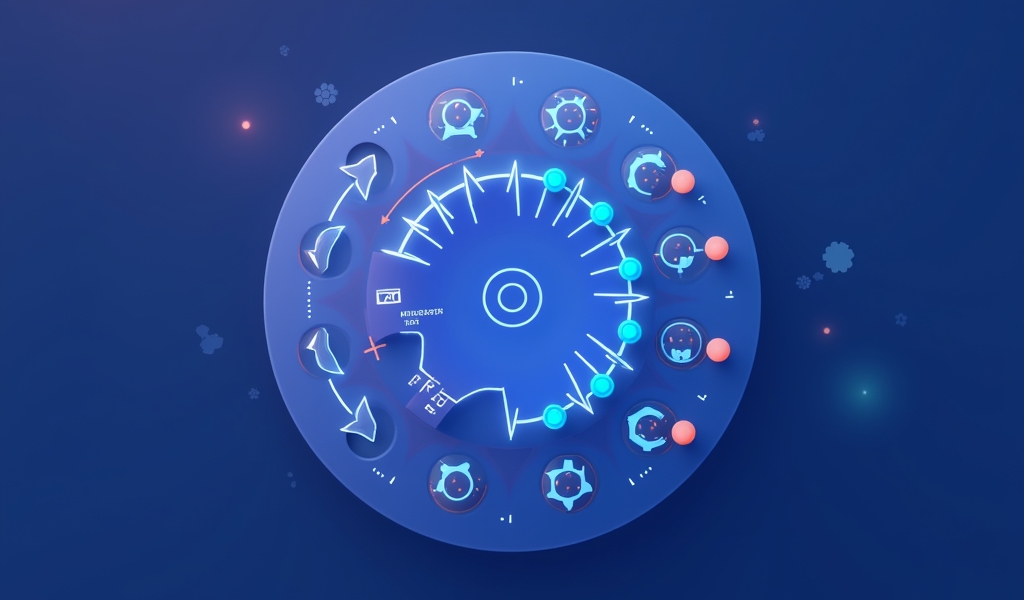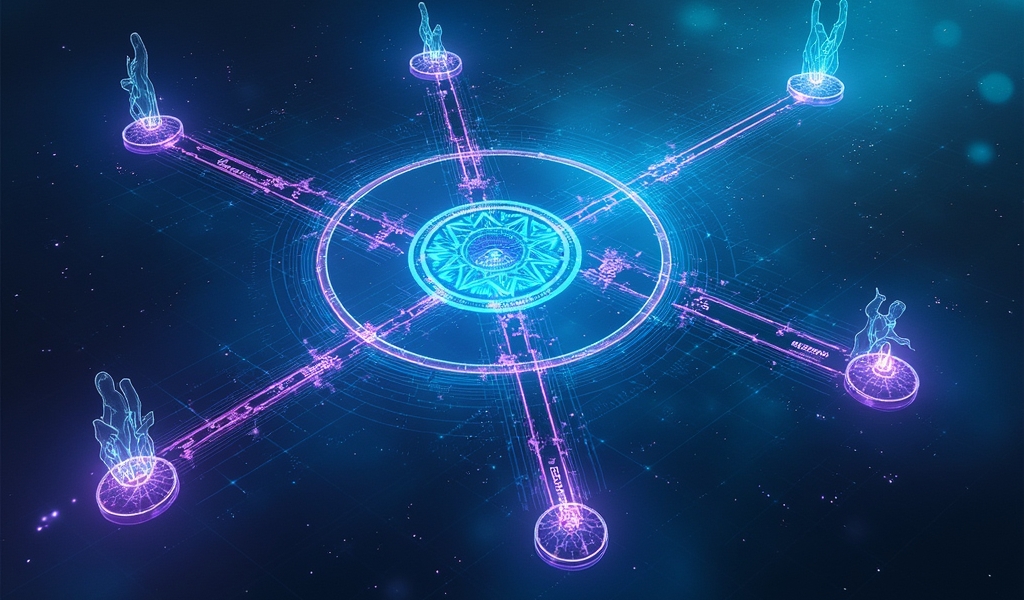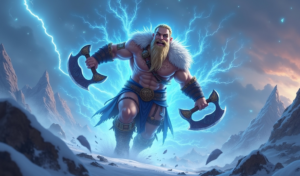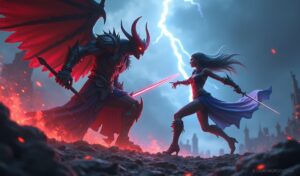Overview
Effective league coaching macro strategy encompasses five key techniques: vision control, wave management, objective timing, understanding team compositions, and shotcalling, all of which are crucial for climbing the ranked ladder regardless of mechanical skill. These strategies create consistent advantages through better decision-making, with experts recommending a progressive implementation approach starting with basic vision and objective awareness before advancing to more complex concepts like tempo control and win condition analysis.
Table of Contents
Looking to climb the ranked ladder in League of Legends? Mastering your league coaching macro strategy might be the key to finally breaking through your current plateau. While mechanical skills and champion mastery are important, the difference between low and high ELO players often comes down to macro decision-making.
In this comprehensive guide, we’ll explore five proven macro techniques that can transform your gameplay and help you climb more efficiently. These strategies are used by professional League coaches and high-ELO players to consistently win games, regardless of individual lane performance.
Let’s dive into these game-changing league coaching macro strategy techniques that will help you see the bigger picture and make better decisions throughout your matches.
Understanding Macro Strategy in League of Legends
Before jumping into specific techniques, let’s clarify what macro strategy actually means in League of Legends. Macro refers to the big-picture decision-making that affects the entire map and team objectives, as opposed to micro, which focuses on individual mechanical skill and champion control.
Effective macro strategy involves understanding:
- When and where to rotate across the map
- How to create and respond to pressure
- When to prioritize objectives versus farm
- How to leverage advantages across the entire map
Many players focus exclusively on winning their lane but fail to translate that advantage into overall game impact. This is where improving your macro play becomes essential for consistent climbing.
According to Riot’s gameplay statistics, players who master macro concepts tend to maintain higher win rates even when playing unfamiliar champions, highlighting just how important these skills are.

Technique #1: Wave Management for Map Pressure
Wave management is often misunderstood as just a laning technique, but it’s actually a crucial component of league coaching macro strategy that impacts the entire map. Properly managed waves create opportunities for your team while denying them to opponents.
Here are key wave management concepts for better macro play:
- Slow pushing – Building a large wave before objectives to force enemies to respond
- Freezing – Denying farm and forcing enemies to overextend, creating gank opportunities
- Fast pushing – Quickly clearing waves to enable roams or backs without losing resources
The real macro power of wave management comes from using these techniques to create pressure without actually being present. A slow-built wave crashing into a turret forces an opponent to respond, essentially creating a 5v4 opportunity elsewhere on the map.
For example, setting up a slow push in the bot lane before Dragon spawns creates a “lose-lose” scenario for the enemy team: either they lose valuable tower HP and minions, or they send someone to clear while your team secures the objective with a numbers advantage.
When coaching decision making, pro players emphasize that effective wave manipulation is like playing chess – you’re setting up plays several moves in advance.
Technique #2: Vision Control – The Foundation of Macro
No league coaching macro strategy can succeed without proper vision control. Vision provides the information necessary to make informed decisions throughout the game. Unfortunately, many players treat warding as an afterthought rather than a core strategic element.
Effective vision control includes:
- Proactive warding that anticipates objective spawns (30-60 seconds before)
- Defensive warding in your own jungle when behind
- Aggressive warding in the enemy jungle when ahead
- Regular purchases of Control Wards (aim for 1-2 per back)
- Strategic use of sweepers and vision plants to deny enemy information
High-ELO players understand that vision isn’t just about avoiding ganks – it’s about creating a map information advantage. Knowing where enemies are (and aren’t) allows you to make low-risk, high-reward plays consistently.
For support and jungle players especially, improving map awareness through vision control should be your primary macro focus. The best teams maintain approximately 30% higher vision scores than their lower-ranked counterparts, according to OP.GG statistics.
Technique #3: Objective Timing and Priority
One of the clearest differences between low and high ELO players is how they approach objective priority. A solid league coaching macro strategy emphasizes understanding not just when objectives spawn, but when and why to contest them.
Modern League of Legends revolves around these key objectives:
- Dragons (especially Dragon Soul and Elder)
- Rift Herald and Baron Nashor
- Turret plates (pre-14 minutes)
- Turrets and inhibitors
The secret to better objective control is preparation. Top players begin setting up for objectives at least 60 seconds before they spawn by:
- Pushing waves in priority lanes
- Establishing vision control around the objective
- Timing recalls to be full health/mana with completed items
- Tracking enemy summoner spells and ultimates
Remember that objectives aren’t always worth contesting. Sometimes, trading an early Dragon for Herald (which can secure first tower gold and plates) is the superior macro play. Similarly, giving up a Dragon when significantly behind to prevent a teamfight wipe can be the correct decision.
Learning when to concede objectives is just as important as knowing when to fight for them – a crucial concept that any experienced LoL coach will emphasize.
Technique #4: Understanding Team Composition and Win Conditions
A sophisticated league coaching macro strategy requires understanding your team’s composition and identifying the correct win conditions. Different team comps have different strengths, power spikes, and preferred ways to close out games.
Common team composition types include:
- Pick/Assassination – Looking for isolated targets before objectives
- Split-push – Creating side lane pressure to force difficult decisions
- Teamfight/Wombo Combo – Forcing 5v5 engagements around objectives
- Poke/Siege – Whittling down enemies before engaging
- Early Game Dominance – Snowballing an early advantage
The key to leveraging team compositions is aligning your macro decisions with your comp’s strengths. For example, a pick composition should prioritize vision control and denial, setting up ambushes rather than forcing 5v5 teamfights.
Win conditions are the specific paths to victory for your team based on both compositions. In quality LoL coaching, identifying win conditions is emphasized as a critical skill. For instance, if you have a scaling hypercarry like Vayne against an early game comp, your win condition might simply be “survive until 30 minutes without falling too far behind.”

Technique #5: Shotcalling and Communication
Even in solo queue, basic shotcalling can dramatically improve your macro execution. While full team coordination might be difficult without voice comms, using pings effectively and making clear calls can still provide significant advantages.
Effective shotcalling includes:
- Calling objective timers in chat (Baron 20:45, Dragon 17:30)
- Using ping combinations to communicate intentions (On My Way + Assist)
- Tracking key enemy cooldowns (typing “Flash mid 15:30” in chat)
- Suggesting item purchases against specific threats
The best shotcallers understand the concept of “tempo” in League of Legends – the pace at which you make plays and force responses from the enemy team. Maintaining positive tempo means you’re dictating the game flow rather than just reacting.
When climbing through lower ranks, simple shotcalling like “push mid before dragon” or “back now, shop for next fight” can provide the direction many teams lack. As noted by many professional League coach services, good communication can overcome mechanical disadvantages through superior positioning and objective setup.
Even the pros at Inven Global emphasize that clear shotcalling remains a deciding factor at the highest levels of play.
Applying These Techniques to Climb the Ranked Ladder
Now that we’ve covered these five league coaching macro strategy techniques, let’s talk about practical application for climbing. The key is to implement these concepts gradually rather than trying to master everything at once.
Here’s a progressive approach to improving your macro:
- Bronze to Silver: Focus on basic vision control and objective timers
- Silver to Gold: Add wave management and basic team composition understanding
- Gold to Platinum: Develop more nuanced objective priority and shotcalling
- Platinum to Diamond: Refine all aspects with special attention to tempo and win conditions
Remember that consistency is more important than occasional brilliance. A player who makes solid macro decisions 80% of the time will climb more steadily than someone who makes exceptional plays 20% of the time but poor decisions otherwise.
Record and review your games, focusing specifically on macro decision points like:
- What did you do after winning your lane?
- How did you prepare for objective spawns?
- When did you rotate to help teammates, and was it worth it?
- Did your team fight for the right objectives at the right times?
Conclusion
Mastering league coaching macro strategy is arguably the most reliable path to climbing the ranked ladder. While mechanical skill can vary from game to game, solid macro decision-making provides consistent advantages that translate into higher win rates.
By implementing the five techniques we’ve covered – vision control, wave management, objective timing, understanding team compositions, and basic shotcalling – you’ll develop a more strategic approach to the game that will set you apart from players who rely solely on mechanics.
Remember that improving your macro is a gradual process. Focus on one aspect at a time, practice deliberately, and you’ll see steady improvement in your decision-making and, ultimately, your rank.
Want to accelerate your macro improvement? Consider working with a coach who can provide personalized guidance on your specific macro weaknesses and help you develop a strategic mindset tailored to your playstyle and preferred champions.
Frequently Asked Questions
What’s the difference between micro and macro in League of Legends?
Micro refers to individual mechanical skills like last-hitting, skillshot accuracy, and champion control, while macro refers to larger strategic decisions affecting the whole map such as objective control, rotations, and map pressure.
How can I practice macro strategy alone?
Watch your own replays focusing on decision-making moments, study high-ELO players or pro matches with commentary, and consciously track objective timers and wave states in your games.
Is macro strategy different for each role in League?
Yes, while the fundamental concepts apply to all roles, junglers typically focus more on objective control, supports on vision, top laners on teleport plays and split pushing, mid laners on roaming, and ADCs on resource optimization.
How important is macro compared to champion mechanics for climbing?
Most coaches agree that above Silver, macro becomes increasingly more important than mechanics, with Diamond+ players often able to reach their rank despite average mechanics due to superior decision-making and game understanding.
Can good macro strategy compensate for weak mechanics?
Absolutely – many players climb to Diamond and above with relatively modest mechanical skills by excelling at macro play, positioning correctly, and making high-percentage decisions that put them in advantageous situations.




